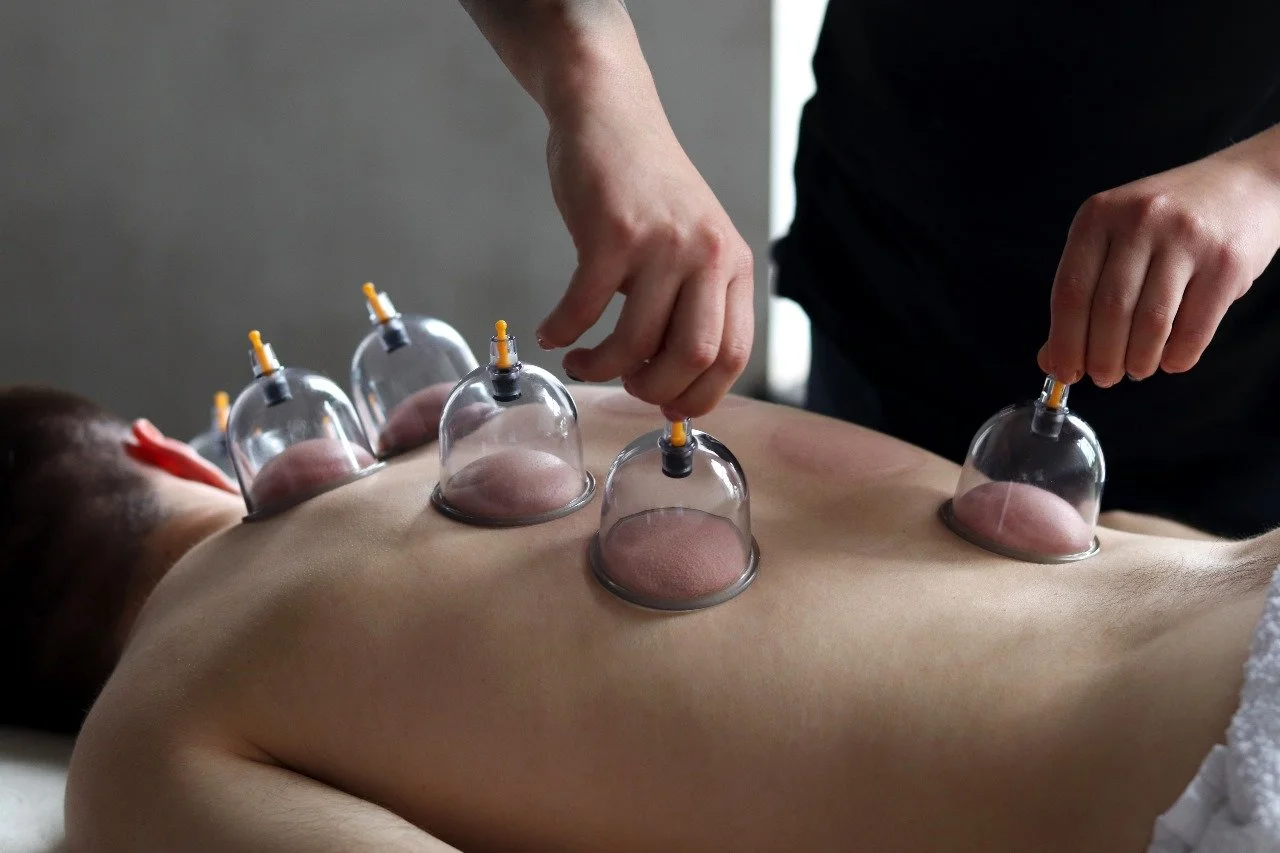Understanding the Various TCM Cupping Treatment Techniques
What is TCM Cupping?
TCM cupping, a popular Traditional Chinese Medicine (TCM) practice in Singapore, is a therapeutic treatment that involves placing hot cups onto the skin to create a vacuum. This vacuum helps draw blood and toxins to the skin's surface, increasing blood flow and promoting healing.
Types of TCM Cupping Techniques
There are several different types of TCM cupping techniques, each with its unique benefits.
1. Dry Cupping / Fire Cupping
Dry cupping is the most common type of TCM cupping treatment technique. It involves placing cups onto the skin for a period of time, typically 5 to 10 minutes, without any additional elements. This “suction-only” method improves circulation and oxygenation in the affected areas. Dry cupping is often used to treat a wide range of conditions, including back pain, neck pain and respiratory problems.
In fire cupping, a flame is briefly introduced into the cup to remove oxygen before placing it on the skin. The heat then creates a vacuum as it cools, drawing the skin into the cup. This TCM cupping treatment technique is often favoured for its intensity and effectiveness in addressing chronic pain and muscle tightness.
Specific techniques used in dry/fire cupping include:
Flash cupping: The cups are quickly placed and removed from the skin every few seconds to stimulate the skin and underlying tissues. This TCM cupping technique is often used for pain relief and to improve circulation, usually the first step of a cupping session.
Gliding cupping: Massage oil is applied to the skin prior to the cups being placed, enabling the cups to glide easily across the skin. The cups are moved across the skin in a curved or linear motion.
Stationary cupping: The cups are placed on the skin and left stationary.
2. Wet Cupping (Blood Letting)
Wet cupping, also known as blood letting, involves making small incisions in the skin before placing the cups. This allows for the release of stagnant waste substances and toxins, which can help treat conditions like stubborn muscular knots, eczema, psoriasis, acne, inflammation and chronic fatigue. Wet cupping is also often used in conjunction with other TCM treatments, such as acupuncture. At Common TCM, blood letting is administered on 1-2 selected areas in combination with fire cupping.
3. Gua Sha
A flat tool is used to scrape the skin, intentionally producing petechiae as a form of self-initiated healing. Vasodilation and increases in surface temperature of the skin helps dissipate heat and inflammation in the area. This technique helps to improve circulation, reduce body temperature, and promote healing.
Specific techniques used in Gua Sha include:
Long Strokes: The tool is held at a 15-30 degree angle to the skin, and long strokes are applied along the muscles
Short Strokes: Shorter strokes are used to focus on specific knots or trigger points
Directional Scraping: Scraping is typically done in one direction, often moving away from the heart
Reliable and Trusted TCM Cupping Treatment in Singapore
TCM cupping is a safe and effective treatment for a variety of conditions. By understanding the different types of TCM cupping techniques, you can be more informed on the applications of the different cupping techniques for your health needs.
At Common TCM, we offer a range of TCM cupping treatments in Singapore to help you achieve optimal health and well-being. Our experienced TCM practitioners are committed to providing expert advice and personalised care to meet the unique needs of each individual.
Contact us to find out more about our TCM cupping treatment or to schedule an appointment today!

